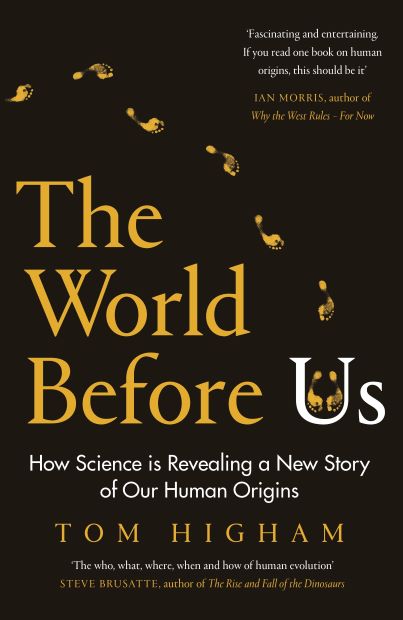The world before us: How science is revealing a new story of our human origins

Professor Tom Higham Hon FRSNZ has written a new book that follows the scientific and technological advancements that have enabled us to learn more about not just how long-ago other humans lived, but how they lived.
50,000 years ago, we were not the only species of human in the world.
There were at least four others, including the Neanderthals, who occupied Europe, the Near East and parts of Eurasia; the enigmatic Homo floresiensis, or 'Hobbits', from the island of Flores; and Homo luzonesis, found in the Philippines, and even more diminutive than the Hobbits at less than four feet high. And then there are the Denisovans, discovered thanks to cutting-edge science in 2010 in a cave in Siberia.
At the forefront of this ground-breaking discovery was Oxford Professor Tom Higham. In The World Before Us he follows the scientific and technological advancements - in radiocarbon dating and ancient DNA, for example - that allowed each of these discoveries to be made and enabled us to be more accurate in our predictions about not just how long ago these other humans lived, but how they lived.
The implications of these - and future - discoveries for us today are profound. We know which human groups today share which ancestors' genes, and the impact this has; for example, genes from Denisovans explain why some people cope better with living at high altitude, and Type 2 Diabetes may have been an evolutionary advantage for Neanderthals, who, in times of nutritional stress, may have needed to retain more blood sugar than their 21st century Homo sapiens-descendants.
This is the story of us, told for the first time with its full cast of characters.
